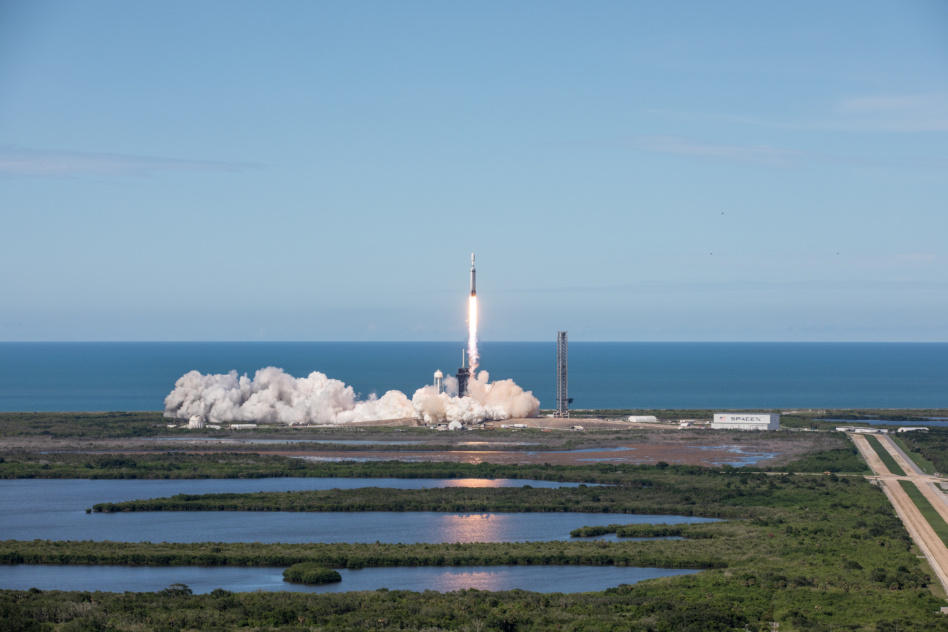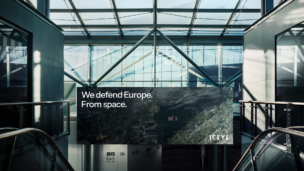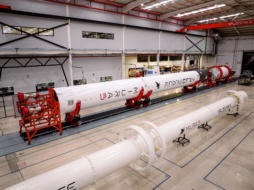NOAA’s weather prediction capabilities got a boost Tuesday night with the successful launch of the GOES-U satellite aboard a Falcon Heavy.
As the fourth and final satellite in NOAA’s GOES-R series, it will keep an eye on the eastern side of the Americas beginning in the fall under its new name GOES-19, or GOES East.
“The strategy for NOAA is that they want to make sure that we have constant weather detection. So, it’s total redundancy. At any one time we’ve got GOES East and GOES West, and we’ll have two spares once this GOES-U hits geosynchronous orbit,” Pam Calderwood, Lockheed Martin’s vehicle manager for GOES-U, told Payload.
What’s on board?: The satellite has seven instruments that will help NOAA track and predict weather conditions on Earth and in space. These instruments fall into three categories:
- Nadir-pointing: Instruments that point down and monitor Earth’s weather, oceans, and environment with 16 different spectral bands, 11 more than previous GOES satellites. GOES-U also has a lightning mapper that will help forecasters determine the severity of weather events, and predict electrical activity that can spark wildfires.
- Solar-pointing: Instruments that monitor space weather from solar activity, including extreme ultraviolet and X-rays that can disrupt communications. GOES-U also carries a tool to detect the Sun’s coronal mass ejections, which are harmful for astronauts in orbit and disruptive to communications and electrical grids on Earth.
- In-situ: The Space Environment In-Situ Suite monitors proton, electron, and heavy ions in the magnetosphere, and is critical to detect and mitigate radiation hazards to astronauts and satellites in orbit.
What’s next: While the GOES-R series satellites are expected to remain in operation well into the 2030s, NOAA is already working on their successor. NOAA has partnered with Lockheed Martin to build the GeoXO constellation, the first satellite of which is expected to launch in 2032.




